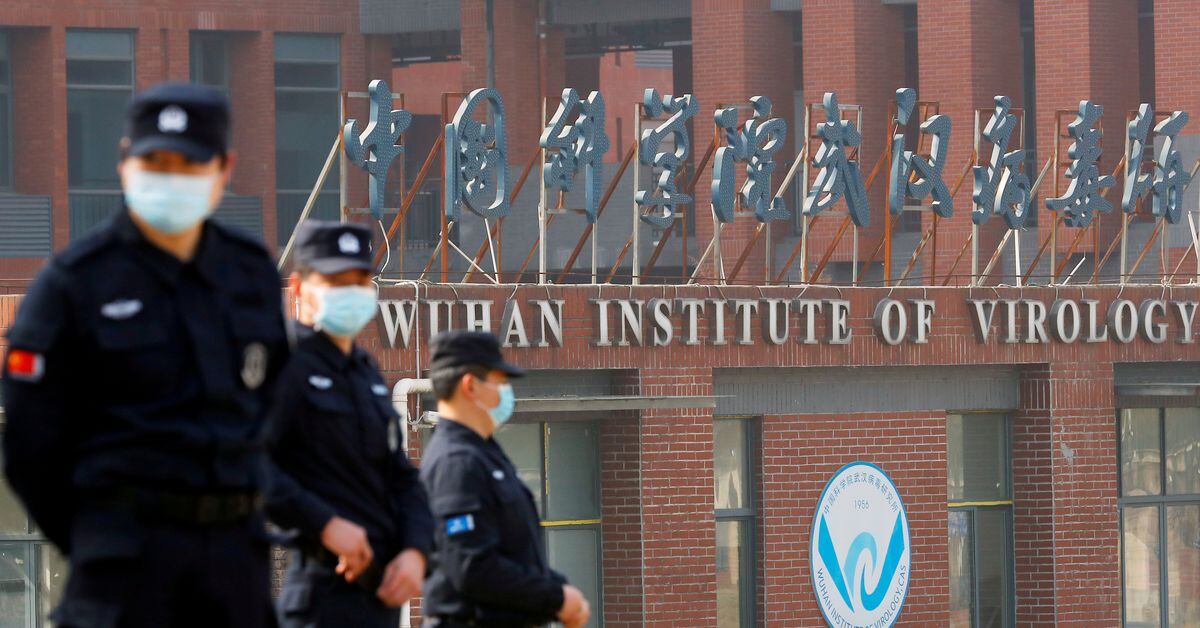Trango Towers
ELITE MEMBER

- Joined
- Oct 29, 2016
- Messages
- 21,943
- Reaction score
- -18
- Country
- Location
India remains a rising power despite its COVID-19 tragedy
DR. JOHN C. HULSMAN
21 May 2021
As the sublime British novelist E.M. Forster put it in his masterpiece, “A Passage to India,” regarding life on the subcontinent: “Adventures do occur, but not punctually.” Put in today’s political risk terms, the analytical danger is to look at India’s tragic problems of today, but not at the enduring changes lying beneath the surface that will continue to make it the greatest rising power in the world over the next generation.
Just this week, India recorded the single highest daily death toll (4,529) of any country during the pandemic — and that figure is generally thought to be a gross under-reporting. According to Johns Hopkins University, there have been more than 25 million reported coronavirus disease (COVID-19) cases in India. The rightist, populist, Hindu nationalist Bharatiya Janata Party (BJP) government of Prime Minister Narendra Modi has been rightly taken to task for its earlier triumphalism, having not adequately prepared the country for the more virulent second wave of the pandemic that is now hitting it. Vaccination rates lag worryingly behind much of the rest of the world, as little more than 10 percent of India’s population has received at least one jab of a COVID-19 vaccination.
Modi’s critics would assert that the present pandemic debacle amounts to just the BJP’s most recent bungled administrative effort. Earlier failed rollouts of banknote demonetization in 2016, service tax reform in 2017, and agrarian reform this year all point in the same direction for the BJP’s foes: Like many other populist forces around the world, it has proven itself good at winning elections, but far less good at actually governing.
However, lurking just beneath the surface of this tale of tragedy and misgovernment, a very different — and more essential — story appears. For, despite its real and obvious troubles, there is little doubt that India remains the greatest rising power on the planet. It has a number of fundamental political, economic and demographic strengths that will make it self-evidently one of the most powerful countries in the world.
First, India’s political power structure is remarkably stable. Surprising most of the foreign policy commentariat (but in line with my firm’s political risk predictions), the BJP actually gained seats during the May 2019 national parliamentary elections. Modi’s party decisively won 37 percent of the total vote and 303 of the lower house Lok Sabha’s 545 seats, up 21. The main opposition Congress party, under the lackluster leadership of Rahul Gandhi, came in a distant second, with 21 percent of the overall vote and only 52 seats. At the local level, a decisive two-thirds of India’s often-powerful state governments are run by the BJP or its allies. Modi’s continued leadership of India has been overwhelmingly vindicated.
The reasons for the “surprising” result are actually clear cut. Congress under Gandhi — the indifferent, latest scion of the Nehru-Gandhi dynasty — is merely a shadow of its former self. Modi’s BJP ran an effective, modern, data-driven campaign, running rings around its opponents. More worryingly, Modi’s continued appeal to Hindu nationalism (which at times morphed into Hindu chauvinism) in this very diverse country continues to strike a chord with the Hindu majority (comprising about 80 percent of the overall population). For all these reasons, both Modi and the BJP are politically secure in a way that other developing countries can only envy.
Coupled with these political advantages, India’s demography affords it a mighty relative advantage. It is projected to surpass China as the world’s most populous nation by 2024. Crucially, more than 50 percent of India’s population is below the age of 25 and 65 percent is under the age of 35. In 2020, the average age in India was 29, compared to 37 in rapidly aging China and 48 in elderly Japan. All of this data underlines the key economic reality that the country is uniquely set to enjoy a generation’s-worth of booming catchup growth, even as it is surrounded by aging great powers such as the EU, Russia, Japan, the US and China.
India’s economic numbers, too often obscured by the story of the day, simply do not lie. By 2050, it is estimated that India will account for a startling 15 percent of global gross domestic product (GDP). Coming out of the COVID-19 economic abyss, the subcontinent is set for a golden era of renewed growth. While India’s GDP (as was true of most of the rest of the world) cratered by 8 percent in the pandemic-dominated year of 2020, the International Monetary Fund estimates India’s economy is on course to grow by an impressive 11.5 percent this year (the only major global economy predicted to experience double-digit growth) and 6.8 percent in 2022.
Long-term political stability and an economic and demographic liftoff already in progress make the essentials of India strikingly clear. This is the rising power in today’s world — one that will only grow in importance as the years progress. Assuredly, there will often be chaos in the headlines and on the surface but, beneath this tumult, India’s enduring and essential political risk trajectory is decisively favorable. India’s adventures may not occur punctually, but they will undeniably come to pass.
- Dr. John C. Hulsman is the president and managing partner of John C. Hulsman Enterprises, a prominent global political risk consulting firm. He is also senior columnist for City AM, the newspaper of the City of London. He can be contacted via chartwellspeakers.com
India remains a rising power despite its COVID-19 tragedy
Get the latest breaking news and headlines from the largest Arab News website. Get world news, sport news, business news, entertainment, lifestyle, video and photos.www.arabnews.com
Loool arabs newspaper with an article about Indians written by a jew











